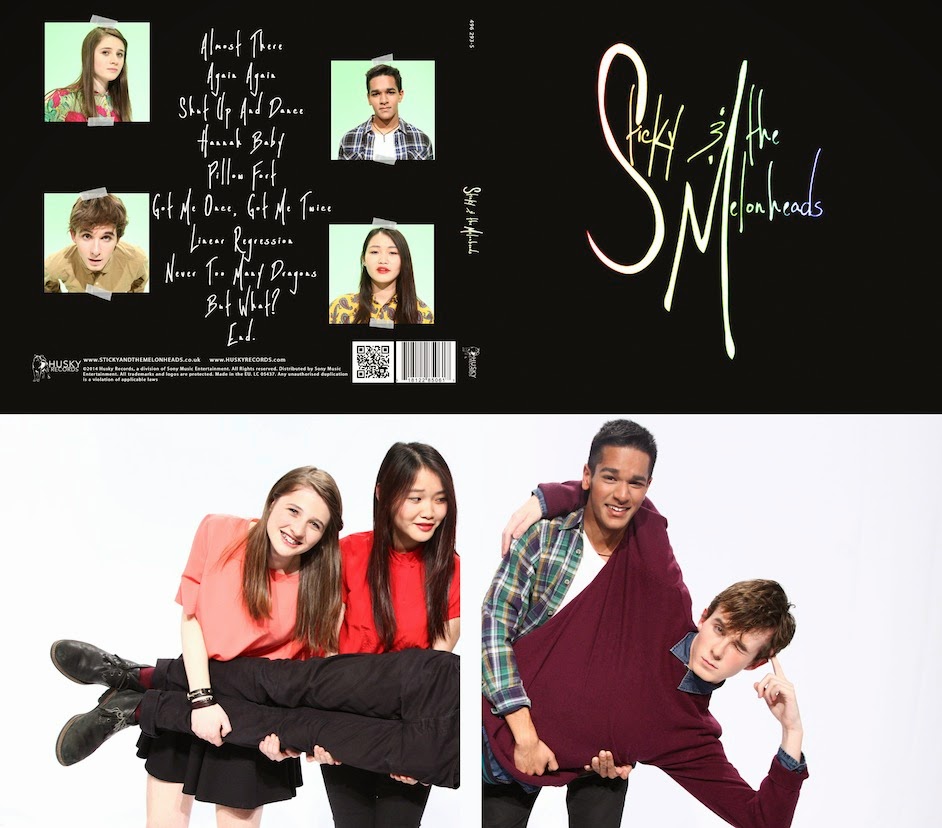1. Summarise the conventions of title sequences that were most important to this task.
The main function of a title sequence is to introduce the names of the cast and crew most important to the TV show/film. It was important for us to include these names in our re-edit. Another convention of title sequences important to this task was the timing of the titles, as well as the font, colour, size and where they would appear on screen. We had to take these conventions into consideration when editing our title sequence.
2. How did your group plan to edit the title sequence? (consider timings, industry requirements etc).
We didn't do a lot of planning before we began editing as we didn't have much time. However, we did establish before we started where we would place each title, and chose to put them in shots where there was obvious space for them. We also chose shots that were long enough for the title to fit in one shot - we didn't think about having a title remain on screen for more than one shot, which we should have done. We also knew that it was important for us to mention the names of the actors and the crew, e.g. writers, producers, etc. Unfortunately, we didn't have time to include as many titles as we had initially planned.
3. Explain the creative decisions made by your group.
We decided that we wanted our titles to be red to symbolise blood, and because the colour red didn't blend in with the background. We chose a font called "Cracked" because we thought it established the crime/thriller genre. However, looking back on it now, I think this was a mistake. Something that the real title sequence does so effectively is establish the genre without the use of the genre's obvious conventions. The font used is clear and simple, and fits well with the morning routine, which is created in a way that represents murder and violence without showing any obvious signs of murder and violence. Our font looked too obviously like something used for a horror/crime/thriller and this took away from the effectiveness of the title sequence.
4. How does your re-edit compare to the original?
I have already explained how it compares in terms of font, but there are other differences between the original sequence and our re-edit. One of these differences is the timing and length of the titles. We put our titles in the most obvious places, failing to see that the titles could in fact fit in any of the shots. As a result of this as well as our limited amount of time and the fact that we were having problems figuring out the software, we only ended up with about four or five titles in the entire sequence, and there was too much time with no titles in between them, whereas the original has a title on almost every single shot. Also, the titles in the original sequence don't just sit there on the shot - sometimes they move, flash, or have different size fonts in one title, e.g. at 00:46: "Based on the novel 'Darkly Dreaming Dexter' by Jeff Lindsay." This was done because the title here is longer, and if the text was all the same size then either it would be in the way of the shot or the most important information would be too small and would not jump out at the audience. Overall, the original title sequence was a lot better than our re-edit. The font we chose as well as the software that we were slightly confused by meant that our edit looked very unprofessional and the titles didn't really fit well with the sequence.
Hi, welcome to my media coursework blog. My name is Audrey King Lassman (0397) and I am working in Group 3 with Chrystal Li (0470), Brandon Poonwasie (0660) and Juliette Wileman (0875). You can navigate my blog by clicking on the labels at the right hand side.
Thank you for taking the time to look at my blog!
Here is the link to Group 3's Facebook group, where we discuss and plan things for the project:
Our music video
Our Digipak Cover

Friday, 11 October 2013
Dexter title sequence re-edit: Evaluation questions
Subscribe to:
Post Comments (Atom)

Well done, Audrey. Your homework posts have all been presented to a very high standard and you have shown excellent theoretical understanding in each task. You also use technical terminology with accuracy. One point to consider from your Dexter answer: don't be too critical of your work when reflecting back. You are making excellent progress - please maintain this high standard.
ReplyDelete